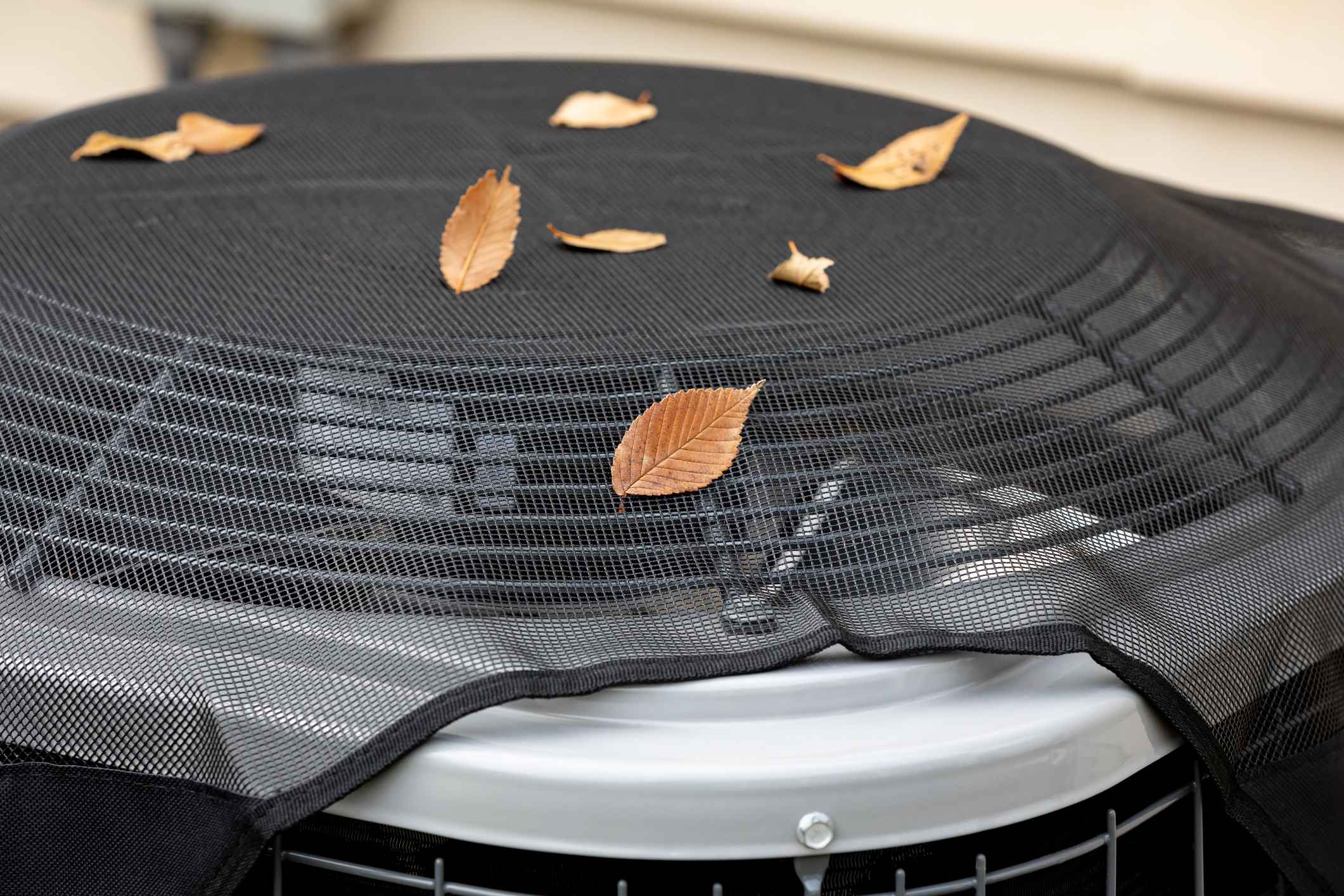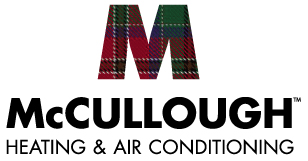4.8 Google Rating

What Goes into the Price Tag of Your New HVAC System?
Investing in a new HVAC system is a major decision, and understanding what affects the price can help you make an informed choice. Many factors contribute to the cost of a new HVAC system, including the type of equipment, installation requirements, and energy efficiency. Here’s a breakdown of what goes into the price of a new HVAC system and why each factor matters for your home comfort and budget.
1. Type of HVAC System
The type of HVAC system you choose is one of the biggest factors influencing cost. There are several types of HVAC systems, each with unique features and pricing structures:
- Central Air Systems: These systems are among the most common and include an outdoor compressor and an indoor evaporator coil. They are typically mid-range in price and offer whole-home cooling and heating when paired with a furnace. For homes with existing ductwork, central air conditioning is often a straightforward option that provides consistent comfort and reasonable energy efficiency.
- Heat Pumps: Heat pumps provide both heating and cooling in one system, making them a versatile option for homes in Austin with mild winters. They work by transferring heat instead of generating it, which results in better energy efficiency. While heat pumps can be more expensive upfront, their energy savings over time often make them a cost-effective choice for many Austin homeowners.
- Ductless Mini-Splits: Ductless systems are ideal for homes without existing ductwork or for those needing individual room control. They are more costly than traditional systems, but they offer flexibility, quiet operation, and energy savings through zoned control. Ductless mini-splits are particularly beneficial for additions or multi-level homes, allowing for temperature customization and increased efficiency.
The type of system you choose impacts not only the initial investment but also ongoing energy costs, making it an important factor in the overall price and long-term savings.
2. Equipment Size and Capacity
Choosing the right size HVAC system for your home is essential to ensure efficient and effective operation. A system that’s too small will struggle to maintain your desired temperature, while a system that’s too large will cycle on and off frequently, wasting energy and causing uncomfortable temperature swings.
HVAC professionals determine the appropriate size by performing a load calculation, which takes into account your home’s square footage, insulation, number of windows, and the home’s orientation. This calculation helps ensure your system is matched precisely to your home’s cooling and heating needs. Larger systems typically cost more, but sizing the unit correctly can save you money in the long run by reducing energy waste, wear and tear, and extending system life.
3. Installation Complexity and Labor
Installation costs vary depending on the complexity of the project and labor involved. If you’re replacing an existing system with a similar model, installation is often straightforward and less expensive. However, if you’re adding new ductwork, upgrading from a window unit to central air, or installing a ductless system, installation may require additional labor and materials, which increases the cost.
The condition of your current ductwork can also affect installation costs. Older or damaged ducts may need to be repaired or replaced to support a new HVAC system. In some cases, duct repairs may be necessary to ensure proper airflow, reduce energy loss, and enhance indoor air quality. Proper installation is crucial for the system’s long-term performance and energy efficiency, which is why it’s essential to work with experienced, licensed HVAC professionals.
4. Energy Efficiency and SEER Rating
Energy efficiency is a critical factor in HVAC pricing, directly impacting both monthly energy bills and the system’s environmental footprint. HVAC systems are rated by their Seasonal Energy Efficiency Ratio (SEER) for cooling and Annual Fuel Utilization Efficiency (AFUE) for heating.
Higher SEER-rated systems are more efficient but generally come with a higher price tag. For example, upgrading from a 14 SEER to a 16 SEER system may increase the upfront cost, but the energy savings over time can offset this investment. For Austin homeowners dealing with high summer temperatures, choosing a high-SEER system can result in significant savings over the system’s lifespan.
5. Additional Features and Technology
Modern HVAC systems offer a range of features designed to enhance comfort, convenience, and efficiency, though these upgrades often come at an additional cost. Some popular add-ons include:
- Smart Thermostats: These devices allow you to control the temperature remotely, schedule heating and cooling cycles, and even monitor your energy usage. Smart thermostats are compatible with most modern HVAC systems and can help reduce energy costs over time by automating temperature adjustments.
- Zoning Systems: Zoning allows you to control temperatures in different areas of your home independently, which is particularly useful for larger homes or homes with different heating and cooling needs across various rooms. Zoning can reduce energy waste by providing comfort where it’s needed most.
- Air Purifiers and Humidifiers: For homes with specific air quality needs, integrated air purifiers and humidifiers offer health and comfort benefits. While these options enhance your home’s indoor environment, they do increase the system’s total cost.
These added features provide customized comfort and operational flexibility, helping homeowners find a balance between initial costs and improved efficiency and comfort over time.
6. Brand and Warranty
The brand you choose can also impact the price of a new HVAC system. Well-established brands often come with a higher price tag due to their reputation for quality, reliability, and durability. Choosing a reputable brand can also mean fewer repairs and a longer system life, which may be worth the investment for homeowners seeking long-term performance.
Additionally, many manufacturers offer warranties on parts and labor, which can provide peace of mind for homeowners. Extended warranties, in particular, may add to the initial cost but offer coverage that can save on repair costs over the system’s lifespan. Understanding the brand’s reliability, warranty options, and support availability can help homeowners make a more confident choice.
7. Geographic Location and Climate Considerations
Where you live influences the type of HVAC system best suited to your needs. In Austin, with its hot summers and mild winters, many homeowners prioritize efficient cooling systems. This climate-specific need may impact system pricing, as cooling-focused systems or those with advanced dehumidification features may be recommended.
Additionally, Austin’s high summer temperatures make energy-efficient options, like heat pumps and variable-speed compressors, particularly valuable for long-term savings. Many Austin-area utilities also offer rebates for high-efficiency systems, which can help offset the cost of an HVAC upgrade.
Conclusion: Get a Professional Estimate from McCullough Heating & Air Conditioning
Understanding what factors contribute to the price of a new HVAC system allows homeowners to make an informed investment that balances budget, energy efficiency, and comfort needs. McCullough Heating & Air Conditioning provides personalized assessments, guidance, and transparent estimates, helping you find a system that’s right for your home and budget. Contact us today to schedule a consultation and learn more about your HVAC options in Austin.
Recent News

What Makes McCullough Heating & Air Conditioning the Right Choice for Austin Heating Needs

Why Texas Homeowners Are Upgrading to Heat Pumps in 2026: Efficiency & Tax Credit Insights
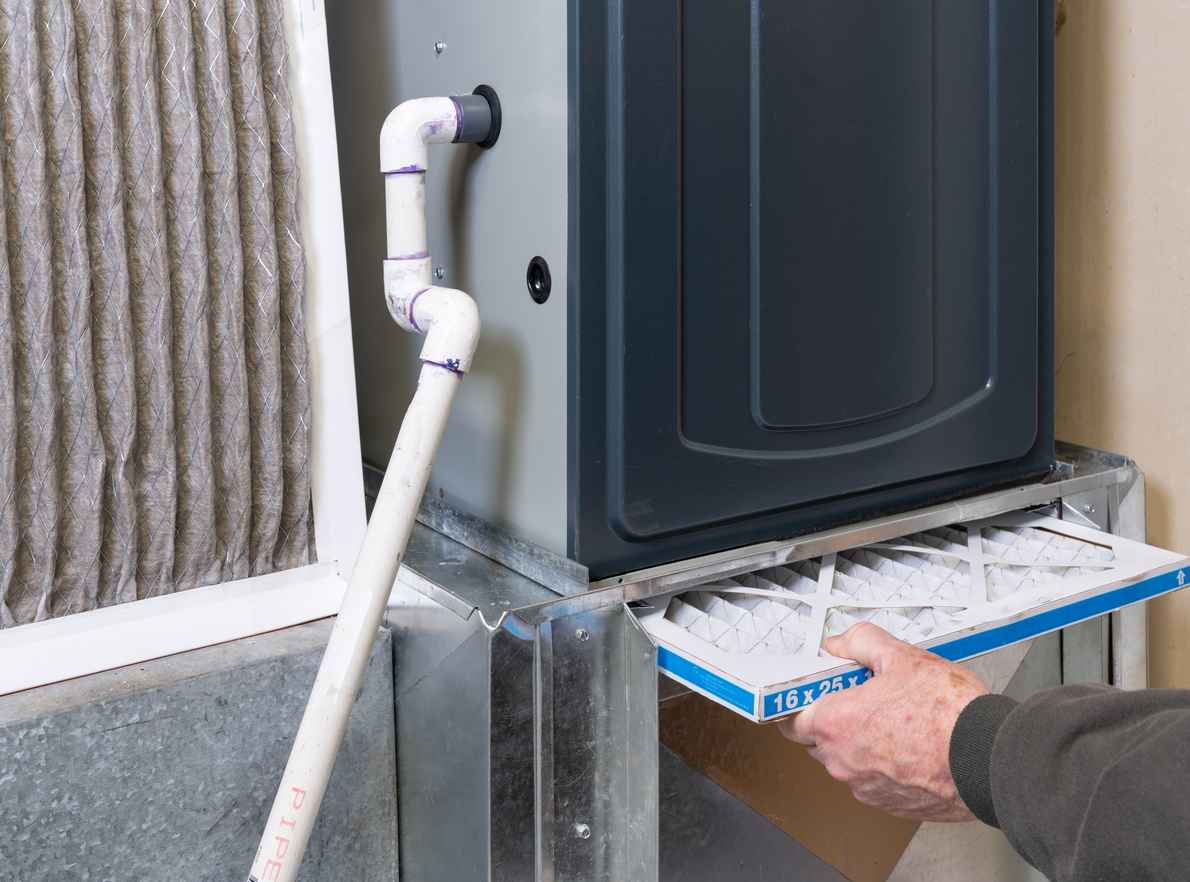
Is Your Furnace Ready for a Central Texas Winter? Austin Homeowners Should Check This First

Don’t Get Spooked by Strange HVAC Noises This Halloween: Austin’s Guide to a Fright-Free, Cozy Home
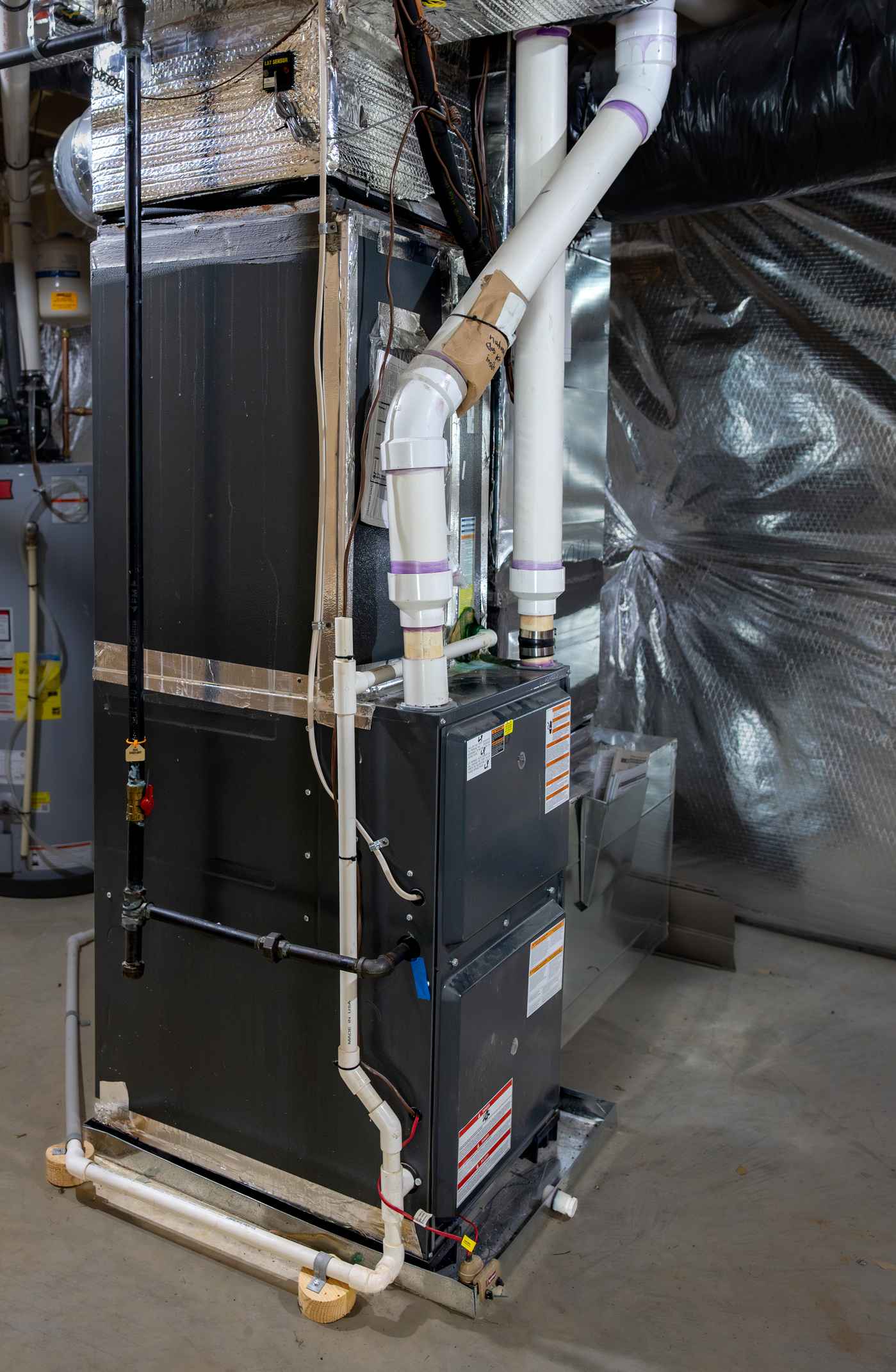
Preparing Your Austin Home for the Switch from AC to Heat
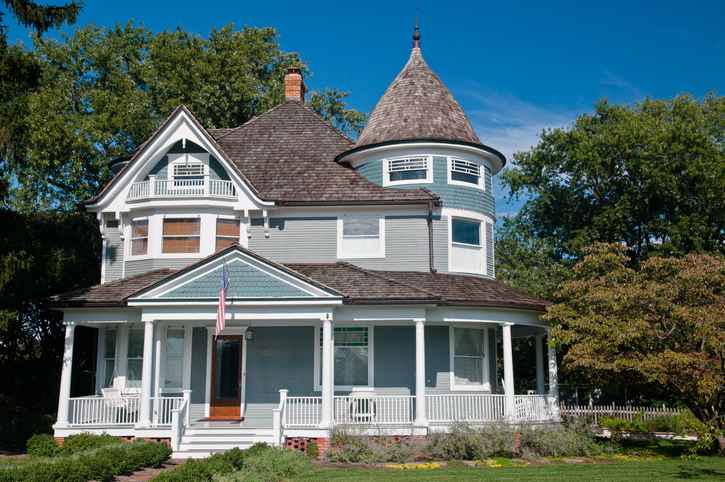
Why Austin’s Older Homes Need Special Attention When It Comes to HVAC Efficiency
